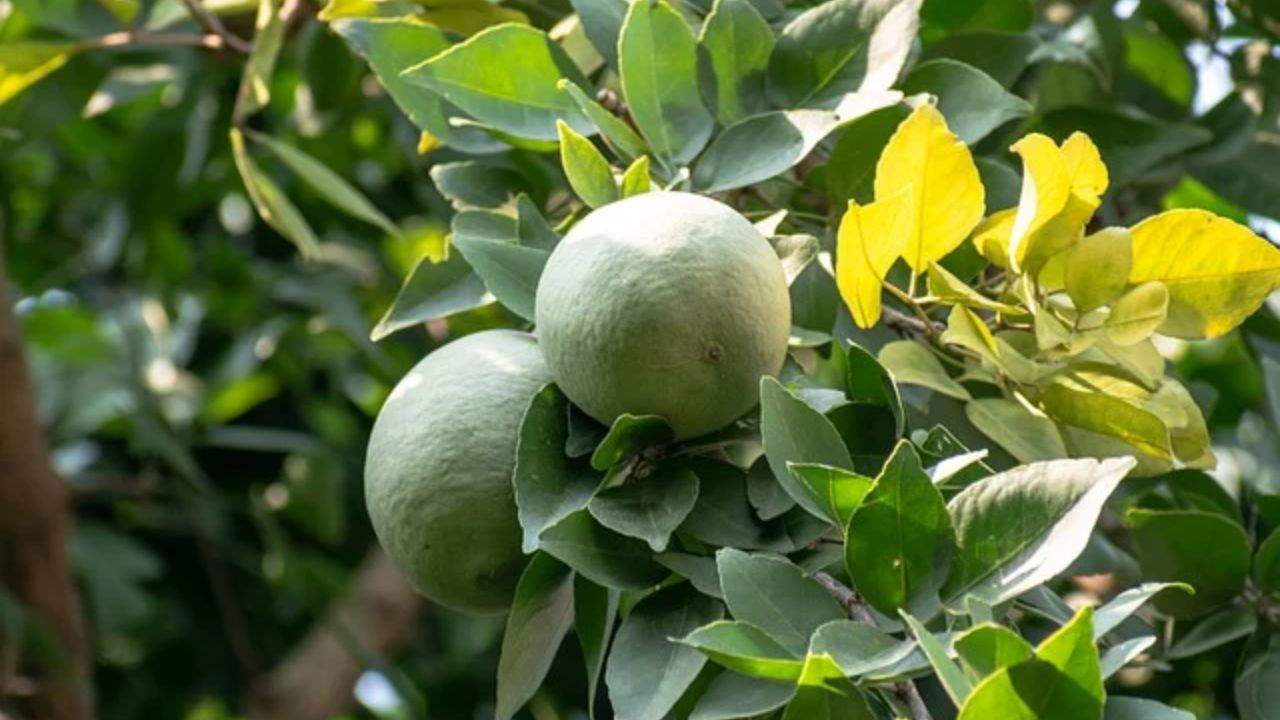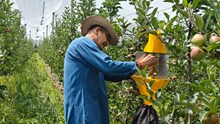
Belpatra, or Bilva Patra, holds deep religious significance in Hinduism, especially during Maha Shivaratri, a night dedicated to Lord Shiva’s worship. This sacred leaf is considered an essential offering during the auspicious occasion, symbolizing a deep spiritual connection with Shiva. The trifoliate structure of the Belpatra represents the divine trinities—Brahma, Vishnu, and Mahesh—and the three fundamental gunas (qualities) of nature. It also aligns with the three eyes of Lord Shiva, embodying the cosmic essence of the deity.
Belpatra: Essence of Maha Shivaratri Worship
On Maha Shivaratri, devotees across the world offer Belpatra to Lord Shiva as an integral part of the rituals. Each leaf symbolizes one of Lord Shiva’s three eyes and the powerful Trishul (trident), making the Belpatra an offering deeply rooted in spiritual meaning. The leaf’s shape is also said to resemble the sacred sound "AUM," which is the cosmic vibration that signifies Lord Shiva’s presence and divine energy.
During Maha Shivaratri, the offering of Belpatra is not just a physical gesture, but a spiritual act that imbibes divine vibrations. The offering is believed to purify the mind, body, and soul, ensuring mental, physical, and spiritual well-being. The sacred leaf is not merely part of the rituals; it forms a bridge between the devotee and the divine energy of Shiva.
Mythological Origins of Belpatra and Maha Shivaratri
The significance of Belpatra in Maha Shivaratri worship traces back to ancient mythology. According to Hindu scriptures, during the Samudra Manthan (churning of the ocean), the poisonous venom that emerged was threatening the universe. Lord Shiva consumed the poison to protect all of creation, but the venom’s heat was unbearable. It is said that the divine beings presented Lord Shiva with Belpatra leaves, whose cooling properties helped alleviate the discomfort. Devotees continue this tradition of offering Belpatra during Maha Shivaratri as a tribute to Lord Shiva’s supreme sacrifice.
Belpatra and Goddess Parvati: The Divine Connection
Another important belief connects the Bel tree’s origin to Goddess Parvati. It is said that the sweat of Goddess Parvati fell on the Mandrachal mountain, from which the sacred Bel tree emerged. This connection signifies the union of Shiva and Shakti, the cosmic feminine energy. Offering Belpatra to Lord Shiva during Maha Shivaratri symbolizes devotion and purity of thought, while invoking the blessings of Goddess Parvati’s divine energy.
Spiritual and Scientific Insights on Belpatra During Maha Shivaratri
The offering of Belpatra during Maha Shivaratri serves both spiritual and practical purposes. According to spiritual teachings, such as those from Sadhguru, the leaf carries divine vibrations when placed on a Shiva linga. It is said that keeping the leaf in one's pocket can bring about mental clarity, emotional stability, and overall health, as it stores the powerful energy of Shiva.
Scientifically, the Belpatra is also recognized for its antimicrobial properties and therapeutic benefits. In Ayurveda, it is used to treat gastrointestinal disorders, skin diseases, and inflammation. This dual significance—both spiritual and medicinal—reinforces the sacred role of Belpatra in Maha Shivaratri rituals.
Ritualistic Significance of Belpatra on Maha Shivaratri
On Maha Shivaratri, the ritual of offering Belpatra holds immense importance. The leaves used for worship must be green, whole, and preferably possess the traditional three-leaf structure. It is crucial to avoid leaves with symbols like the chakra (wheel) or vajra (thunderbolt), as these represent broken or fragmented leaves, which are not considered pure offerings. Devotees across India and abroad offer Belpatra during the sacred month of Shravan and on the night of Maha Shivaratri to invoke Lord Shiva's blessings.
Philosophical Interpretations of Belpatra and Maha Shivaratri
The trifoliate structure of the Belpatra leaf is a powerful reminder of the core principles of life and the universe. It reflects the need for balance between creation, preservation, and destruction, and encourages believers to live in harmony with the three fundamental virtues of nature—sattva (goodness), rajas (passion), and tamas (ignorance). On Maha Shivaratri, this symbolism urges devotees to embark on a path of spiritual awakening, seeking Shiva’s blessings for wisdom, peace, and devotion.
Offering Belpatra to Lord Shiva transcends mere ritual. It is an act of unwavering trust, gratitude, and devotion. On Maha Shivaratri, this sacred offering fosters a deep spiritual connection with the divine, providing inner peace and divine blessings to those who seek them.
















